Sharing files between Windows 11 and the Windows Subsystem for Android (WSA) can be challenging because WSA operates in its own container with a separate file system. While Microsoft is working on integrating file transfer capabilities, there are effective methods you can use right now to move files between Windows 11 and WSA. This guide provides detailed instructions on two such methods: using Android apps to facilitate file transfer and utilizing the Android Debug Bridge (ADB) command line tool.
Transfer Files between Windows 11 and WSA Using Android Apps
One of the most user-friendly ways to exchange files between Windows 11 and WSA is by using Android apps designed for file transfer. This method involves installing Google Play Store on WSA to access a broader range of apps, such as LAN Drive, which allows seamless file sharing between the two systems.
Install Google Play Store on Windows 11 to Access Android Apps
To utilize Android apps for file transfer, you need to install Google Play Store on WSA since the Amazon Appstore offers a limited selection. This process involves creating a custom version of WSA that integrates Google Apps. Follow these steps carefully to set up Google Play Store on your Windows 11 PC.
Uninstall Existing Windows Subsystem for Android
Step 1: Open Settings by pressing Win+I. Navigate to Apps on the left pane and select Installed apps on the right.
Step 2: Locate Windows Subsystem for Android™ in the list of installed apps. Click the three-dot menu next to it and select Uninstall. If you have the Amazon Appstore installed, uninstall that as well.
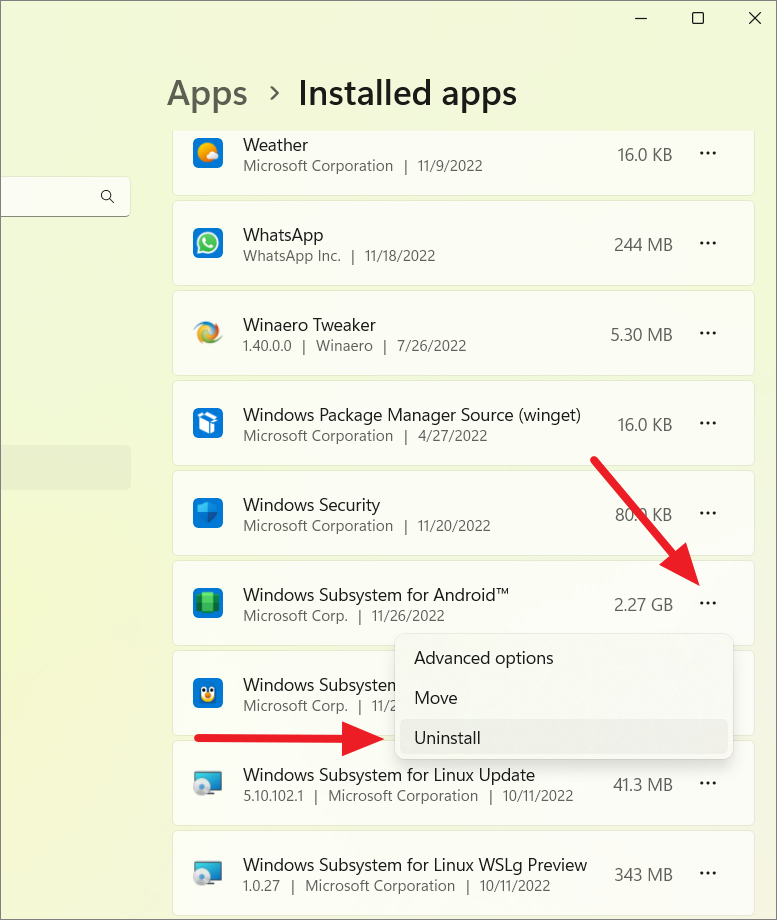
Install Windows Subsystem for Linux (WSL) and Virtual Machine Platform
Step 1: Right-click the Start menu and select Terminal (Admin) to open an elevated Windows Terminal.
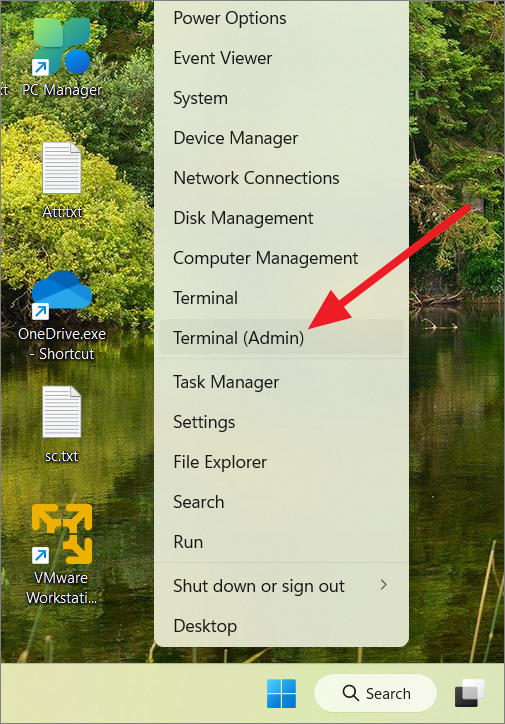
Step 2: In the terminal, type the following command and press Enter to install WSL along with the Ubuntu Linux distribution:
wsl --installStep 3: Once the installation is complete, restart your computer when prompted.
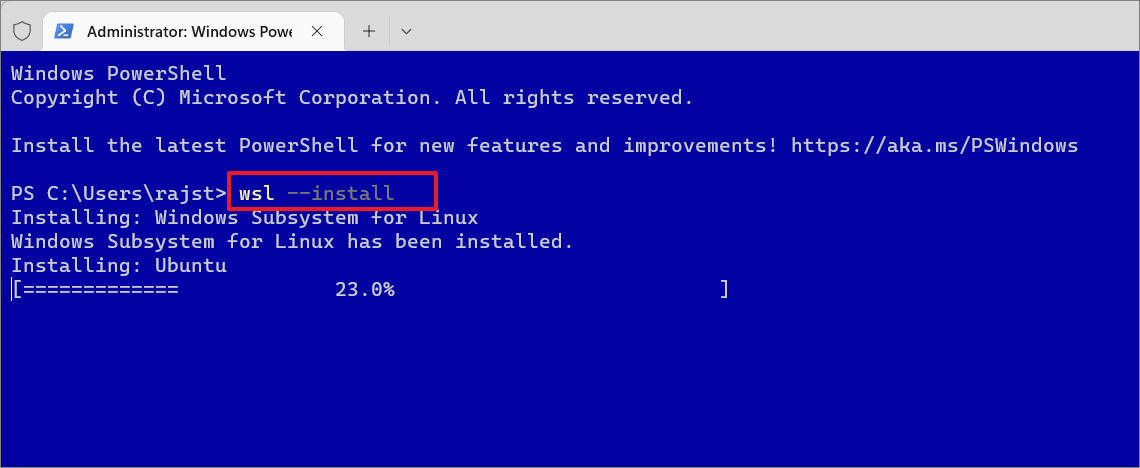
Step 4: Press Win+R to open the Run dialog, type optionalfeatures, and press Enter. In the Windows Features window, check the box next to Virtual Machine Platform and click OK. Restart your computer to apply the changes.
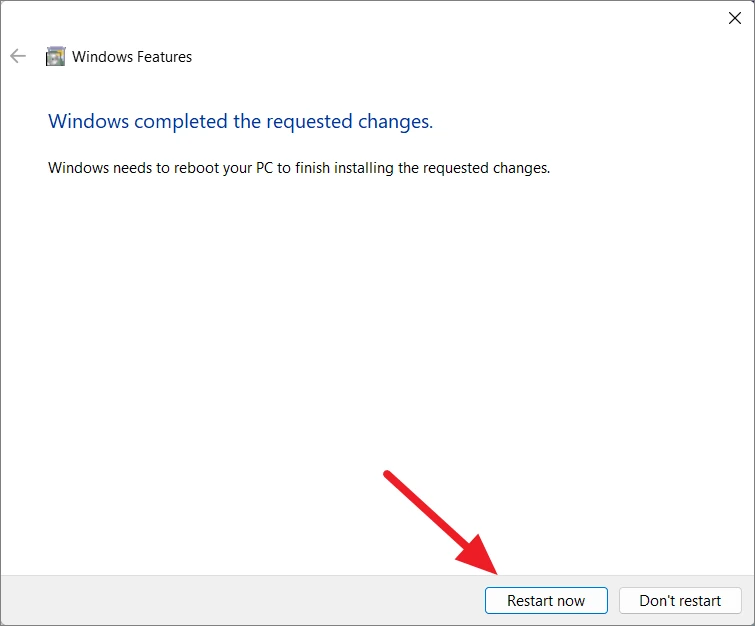
Enable Developer Mode
Step 1: Open Settings, navigate to Privacy & Security, and select For developers under the Security section.
Step 2: Toggle on Developer Mode and click Yes when prompted to confirm.

Install 7-Zip
Step 1: Download and install 7-Zip from the official website or the Microsoft Store. This tool is necessary for extracting files from the WSA package.
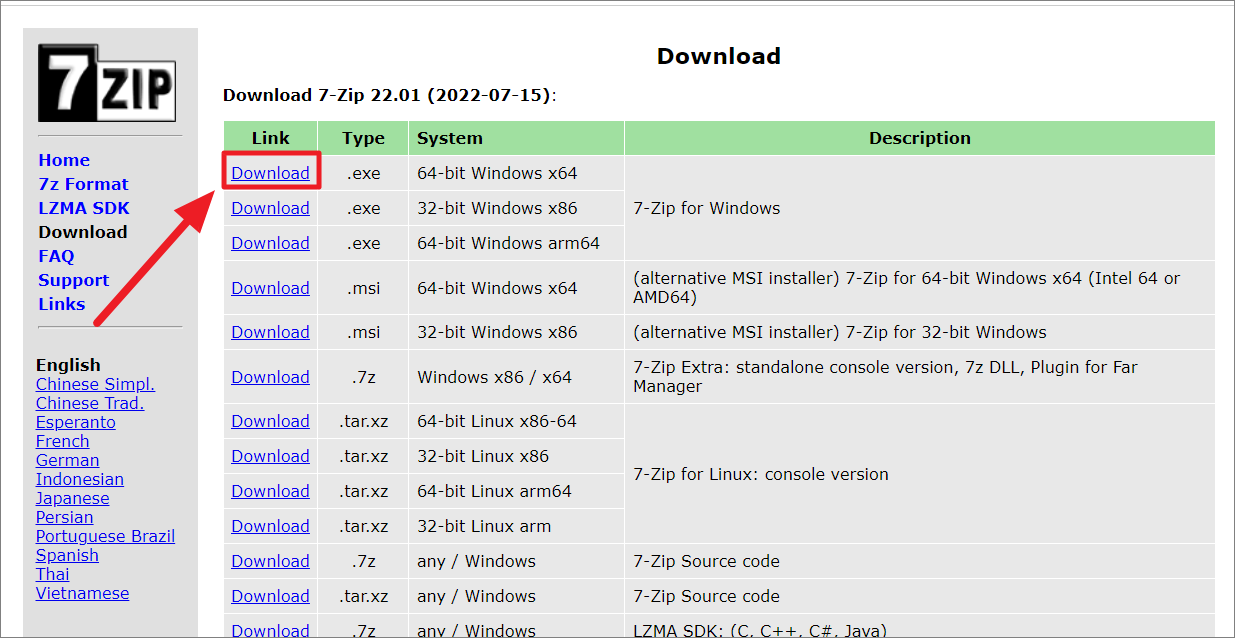
Download the Windows Subsystem for Android Package
Step 1: Visit store.rg-adguard.net. Select ProductId from the first drop-down menu.
Step 2: Enter 9P3395VX91NR in the text field, select Slow from the second drop-down menu, and click the check button.
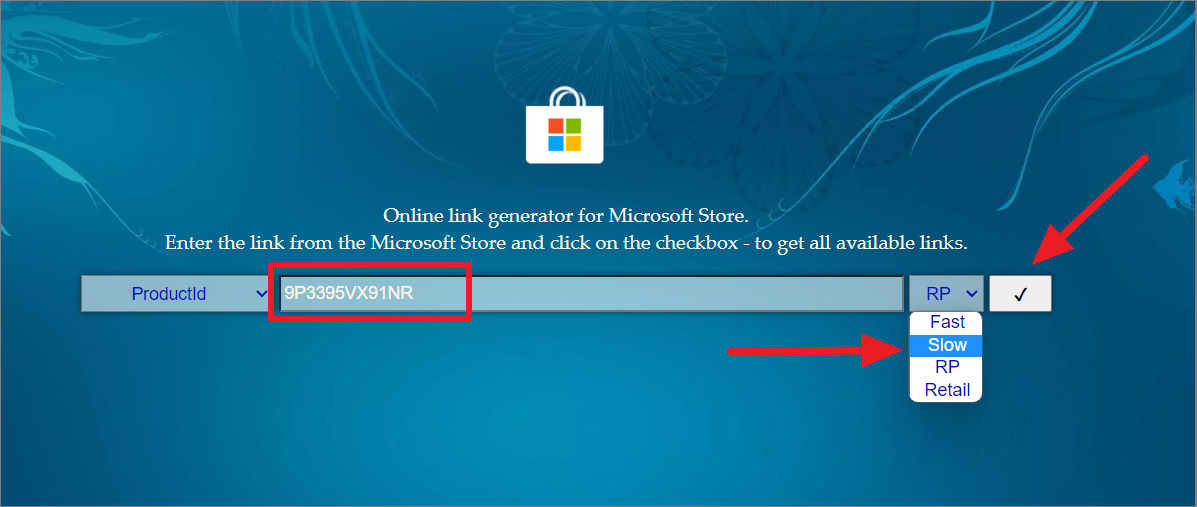
Step 3: Scroll down and download the largest .msixbundle file (approximately 1.35GB). If the download doesn't start automatically, right-click the link and select Save link as.
Extract and Prepare WSA Files
Step 1: Use 7-Zip to open the downloaded .msixbundle file. Locate and double-click the file that ends with Release-Nightly.msix.
Step 2: Select all files inside and extract them to a new folder named C:\WindowsSubsystemAndroid\.
Step 3: Delete unnecessary files such as AppxMetadata, AppxBlockMap.xml, AppxSignature.p7x, and [Content_Types].xml from this folder.
Download WSAGAScript and Open GApps
Step 1: Download WSAGAScript from its GitHub page. Extract its contents to a folder named C:\GAppsWSA\.
Step 2: Go to the OpenGApps website. Choose x86_64 for Platform, 11 for Android, and pico for Variant. Download the ZIP file and place it in C:\GAppsWSA\#GAPPS.
Copy Image Files to GAppsWSA Folder
Step 1: From C:\WindowsSubsystemAndroid\, copy the following files: vendor.img, system_ext.img, system.img, and product.img.
Step 2: Paste these files into C:\GAppsWSA\#IMAGES.
Download ADB Toolkit
Step 1: Create a folder named ADBKit on your C: drive.
Step 2: Download the ADB Toolkit from the provided link and extract its contents into C:\ADBKit\.
Customize WSA to Install Google Play Store
Step 1: Right-click the Start menu and select Terminal (Admin). In the terminal, click the down arrow and select Ubuntu to open the Ubuntu terminal.
Step 2: Gain root access by typing:
sudo suStep 3: Update and upgrade the Ubuntu packages:
apt-get updateapt-get upgradeStep 4: Navigate to the GAppsWSA directory:
cd /mnt/c/GAppsWSAStep 5: Install necessary tools:
apt install lzip unzip dos2unixStep 6: Convert scripts to Unix format by running the following commands:
dos2unix ./apply.shdos2unix ./extend_and_mount_images.shdos2unix ./extract_gapps_pico.shdos2unix ./unmount_images.shdos2unix ./VARIABLES.shStep 7: Execute the scripts in order:
./extract_gapps_pico.sh./extend_and_mount_images.sh./apply.sh./unmount_images.shStep 8: Close the Ubuntu terminal after the process completes.
Replace WSA Files with Modified Versions
Step 1: From C:\GAppsWSA\#IMAGES, copy vendor.img, system_ext.img, system.img, and product.img.
Step 2: Paste these files into C:\WindowsSubsystemAndroid\, replacing the existing files.
Step 3: From C:\GAppsWSA\misc, copy the kernel file.
Step 4: Navigate to C:\WindowsSubsystemAndroid\Tools. Rename the existing kernel file to kernel_back and paste the copied kernel file here.
Install the Customized WSA
Step 1: Open Windows Terminal as an administrator.
Step 2: Run the following command to register the modified WSA package:
Add-AppxPackage -Register C:\WindowsSubsystemAndroid\AppxManifest.xmlSet Up Google Play Store on WSA
Step 1: Launch Windows Subsystem for Android™ Settings from the Start menu.
Step 2: Go to the Developer tab and enable Developer mode.

Step 3: In the System tab, click the icon next to Files to start the WSA environment.
Step 4: Search for Play Store in the Start menu and launch it. If you encounter issues signing in, proceed to the next steps.
Step 5: Open Command Prompt as an administrator and navigate to the ADBKit folder:
cd C:\ADBKitStep 6: Connect to WSA using ADB:
adb.exe connect 127.0.0.1:58526Step 7: Enter the ADB shell and gain root access:
adb.exe shellsuStep 8: Set SELinux to permissive mode:
setenforce 0Step 9: Exit the shell and Command Prompt. You should now be able to sign in to Google Play Store.
Install LAN Drive App to Facilitate File Transfer
Step 1: Open Google Play Store on WSA and search for LAN drive – SAMBA Server & Client. Install the app.
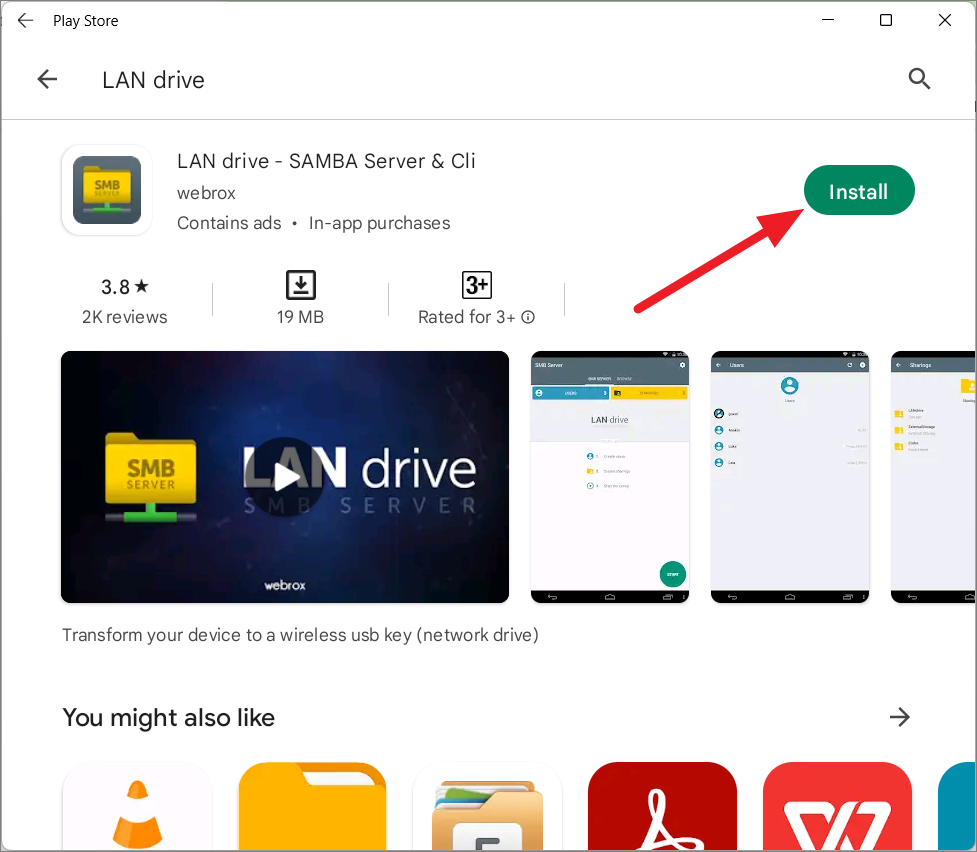
Step 2: Launch the LAN Drive app and grant any necessary permissions.
Step 3: Go to the Users section and change the authentication type to Users with rights.
Step 4: Click the + icon to add a new user. Create a username and password, enable both Read and Write permissions under global permissions, and save the settings.
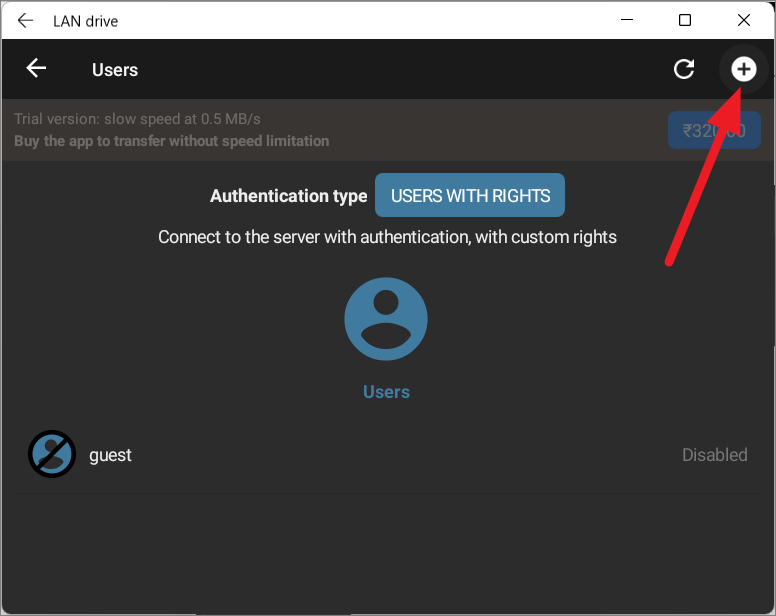
Step 5: Return to the app's home screen and tap Start to initiate the server.
Access WSA Storage Through File Explorer
Step 1: With the LAN Drive server running, open File Explorer on Windows 11.
Step 2: Navigate to Network in the left panel. You should see a device named Googleredfin under the Computer section.
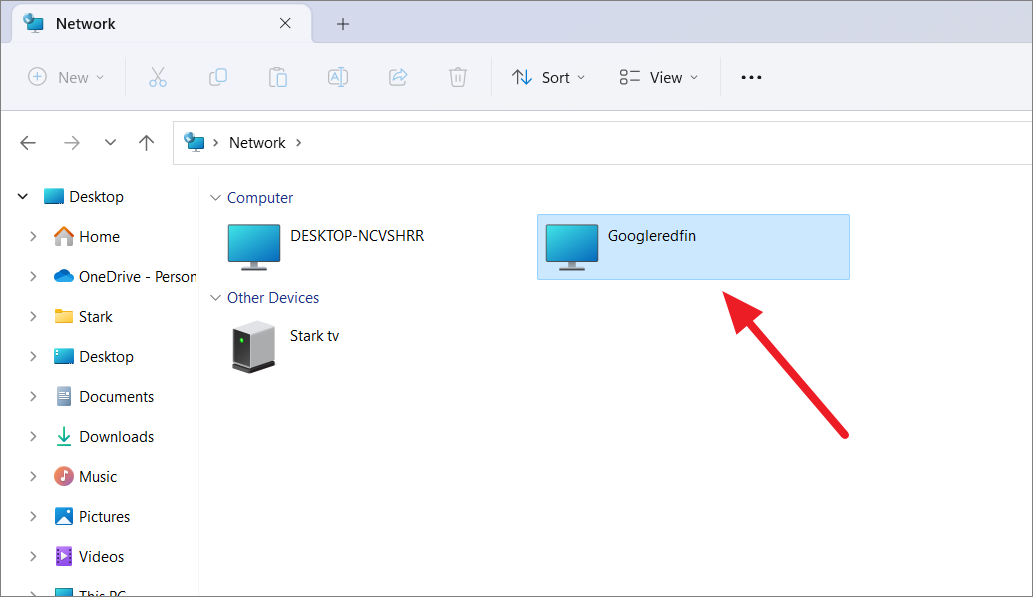
Step 3: Double-click Googleredfin and enter the username and password you set up in LAN Drive. You can check Remember my credentials for future access.
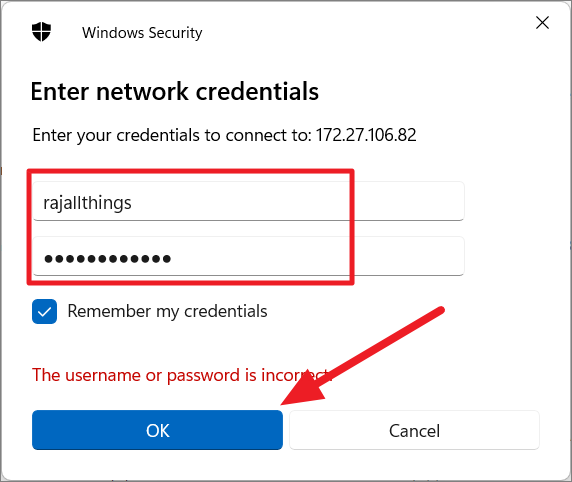
Step 4: You can now access WSA's file system directly from File Explorer. Transfer files between Windows and WSA by copying, pasting, or dragging and dropping.
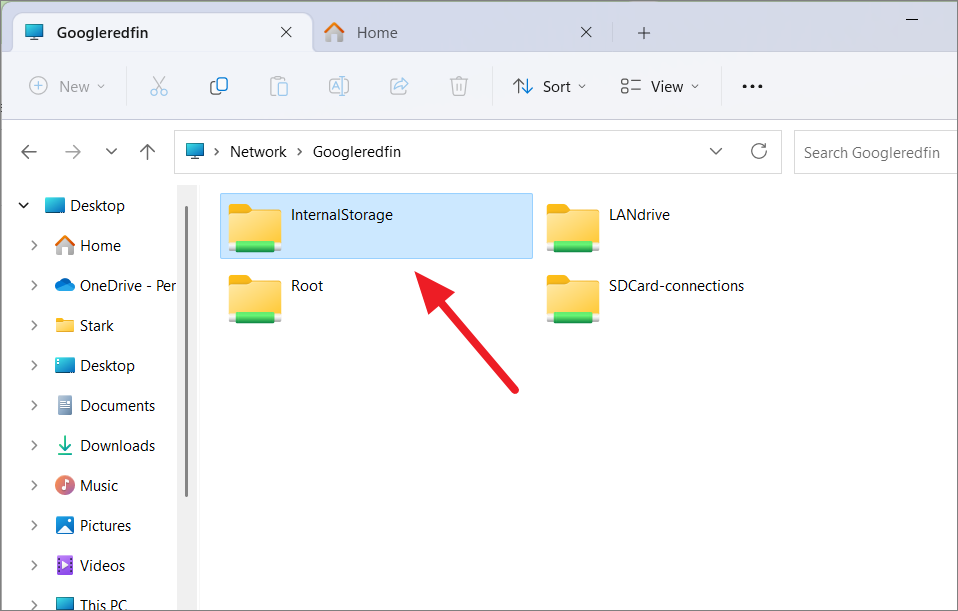
By following these steps, you can effortlessly transfer files between Windows 11 and the Windows Subsystem for Android using Android apps. This method offers a straightforward and user-friendly approach without the need for command line tools.
Copy Files between Windows 11 and Windows Subsystem for Android Using the ADB Command Line
The Android Debug Bridge (ADB) is a versatile command line tool that allows you to communicate with Android devices. Using ADB, you can transfer files, install apps, and perform various commands on WSA from your Windows 11 PC. This method provides more control but requires familiarity with command line operations.
Set Up ADB on Your Computer
Step 1: Download the Android SDK Platform-Tools from the Android Developers website. Click Download SDK Platform-Tools for Windows and agree to the terms to start the download.

Step 2: Extract the downloaded ZIP file to an easily accessible folder, such as C:\SDK\platform-tools.

Enable Developer Mode in WSA
Step 1: Launch Windows Subsystem for Android™ Settings from the Start menu.
Step 2: Navigate to the Developer tab and toggle on Developer mode. Click Allow access if prompted by a Windows Security Alert.
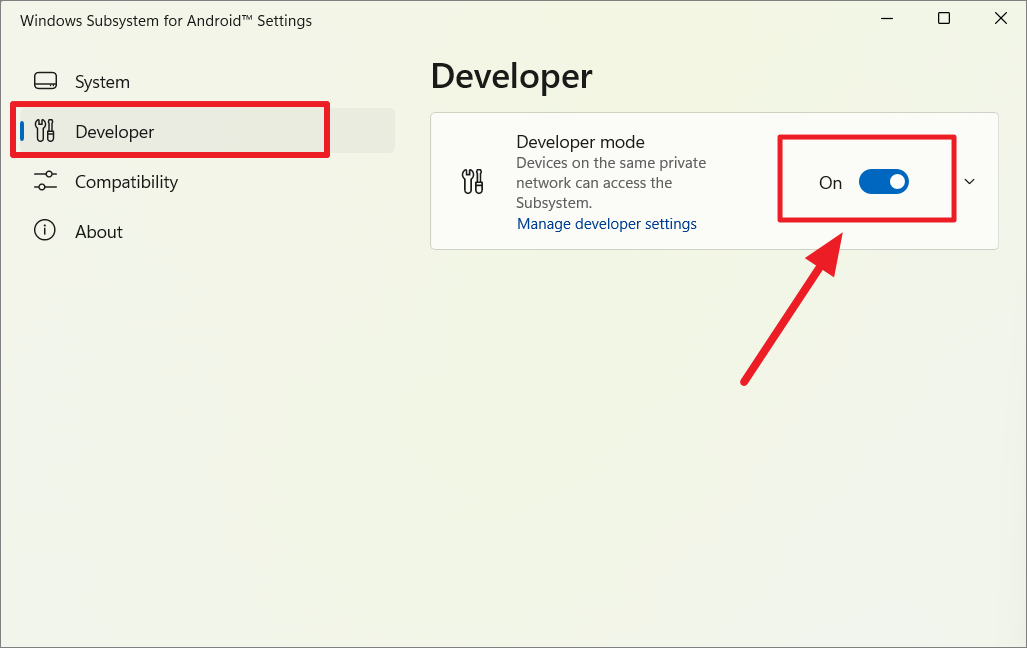
Connect to WSA via ADB
Step 1: Open Command Prompt as an administrator.
Step 2: Navigate to the platform-tools directory using the command:
cd C:\SDK\platform-toolsStep 3: Connect to WSA using its IP address (found in WSA Settings):
adb connect 127.0.0.1:58526Step 4: Verify the connection by listing connected devices:
adb devicesTransfer Files Using ADB Commands
To copy files from Windows to WSA:
Step 1: Locate the file on your Windows PC and copy its full path. Right-click the file and select Copy as path.
Step 2: Determine the destination path on WSA, e.g., /storage/emulated/0/Download/.
Step 3: Use the adb push command:
adb push "C:\path\to\your\file.txt" /storage/emulated/0/Download/To copy files from WSA to Windows:
Step 1: Identify the file path on WSA.
Step 2: Choose a destination folder on your Windows PC.
Step 3: Use the adb pull command:
adb pull /storage/emulated/0/Download/file.txt "C:\path\to\destination\"Step 4: After completing file transfers, disconnect ADB:
adb disconnect 127.0.0.1:58526Using the ADB command line tool provides a powerful way to transfer files between Windows 11 and WSA, offering greater control for users comfortable with command line operations.

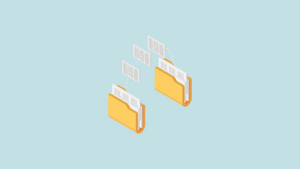





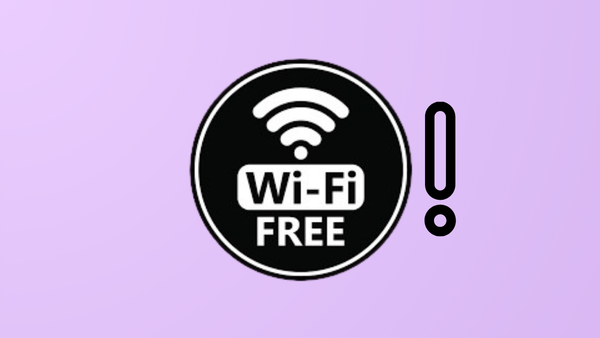
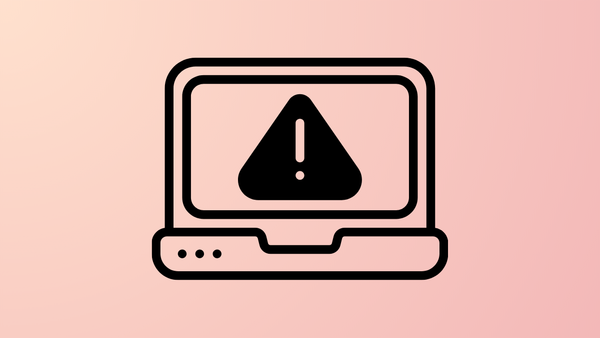
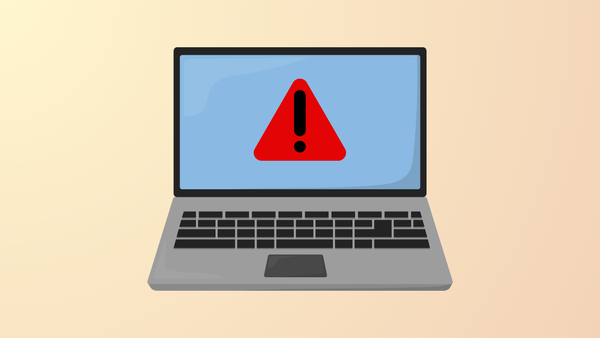
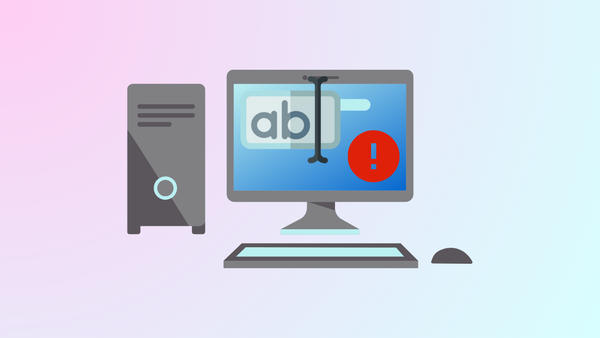
Member discussion